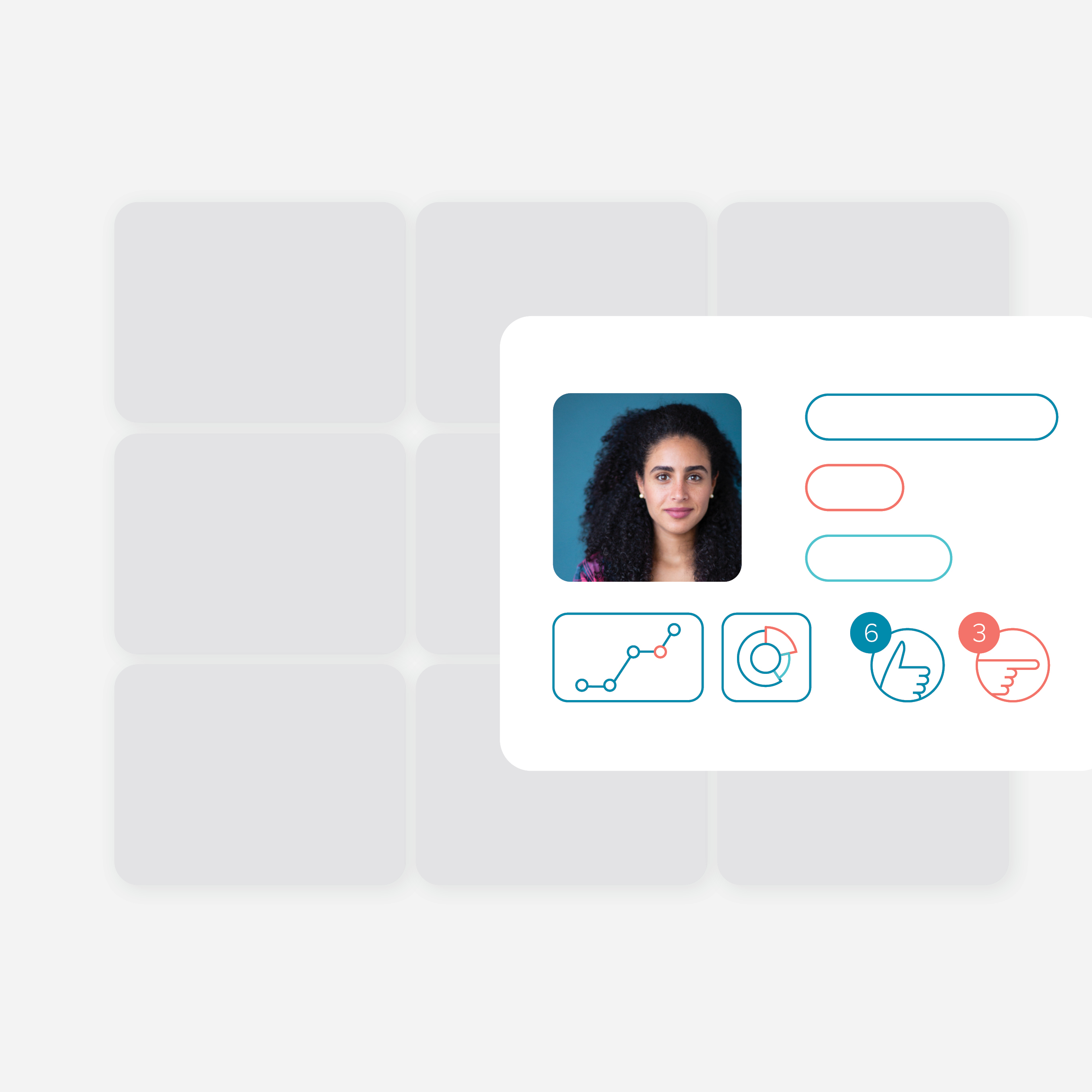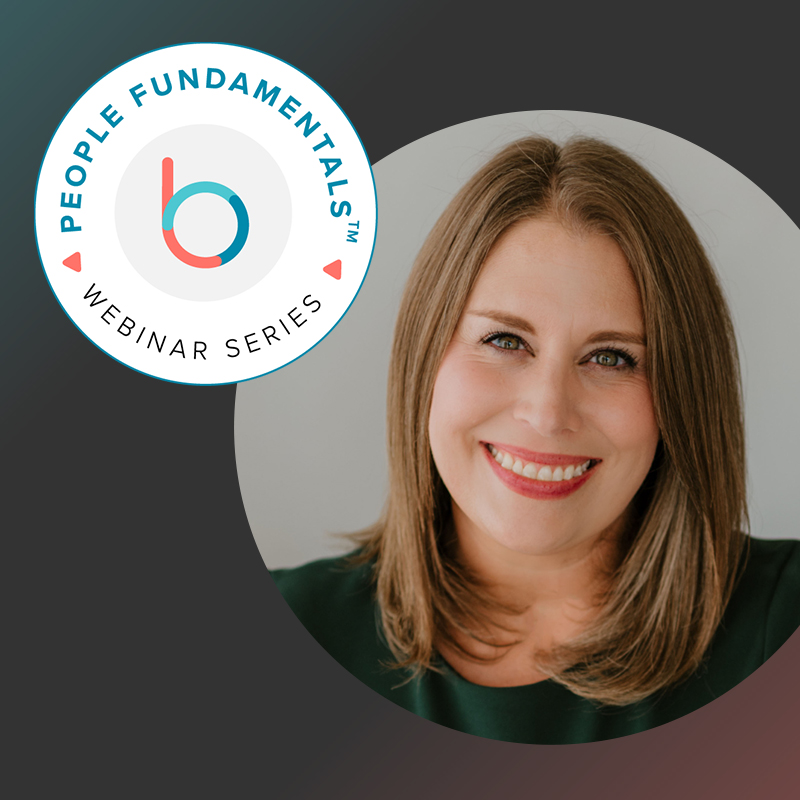“Calibration” sounds precisely scientific, but for too long it’s been anything but. Calibration as traditionally practiced is not only distorted by process failures, but has camouflaged conscious and unconscious bias that robs workers and organizations of the human and financial benefits of diversity and inclusion.
It’s time to do calibration right: based on multiple sources of rich data augmented with ethical AI. We have the tools. All we need is the will and discipline to change.
For companies, calibration “done right” will move organizations more powerfully toward their business goals. Companies staffed and managed by diverse and inclusive teams generate superior business results, according to research done by, among others, the Harvard Business Review, Wall Street Journal, and PwC.
For employees, data-based calibration will give everyone what they deserve: full access to find meaning in their work and receive the feedback, training, coaching, and opportunity to succeed. Rather than being a once-or-twice-a-year, dread-inducing trauma, calibration informed by continuous, transparent, unbiased data about an employee’s performance can act as a constantly refined guiding beacon to success.
Calibration is central to the talent process. It is how management and HR collaborate to develop leadership within organizations and help workers achieve fulfilling careers. Historically, calibration failed to fulfill its goals because such popular approaches as nine-boxes required HR and managers to pay more attention to process (prepare notes, find the right nine-box point for each employee) than to enriching employees’ work lives. No one can be accurately summed up by a single point on a graph.
There are other problems with conventional calibration methods:
- Calibration meetings can be personality-driven, with the loudest or highest-ranking voice in the room overwhelming everyone else.
- Once a consensus forms about an employee, alternate points of view lose out.
- Bias — recency, personal and/or unconscious — can warp the results.
- Calibration meetings are often poorly attended by managers. Maybe because managers know they don’t accomplish much.
- To “get through the meeting quickly,” managers often score workers before the meeting and then transfer their pre-score onto the official calibration form. They enter the meeting with minds already made up.
- In the absence of objective reference data, it’s tempting for managers to adopt forced ranking along a bell curve, with employees assigned to a given tier simply to fill a quota. (WARNING: Forced ranking has been linked to discrimination and lawsuits against many major companies.)
- People can’t resist shortcuts. “Completing the box” can easily become the goal rather than investing in long-term objectives, such as employee development and two-way feedback. Calibration becomes a periodic reviewing of the past, not a continuous and helpful look into the future.
Not surprisingly, all of this leads to declining morale and engagement. Employees may find themselves pushed toward skills and positions they don’t truly want yet feel compelled to accept. Even when asked during a follow-up about their new situation, they may resist telling the truth so as not to irritate management.
It’s time to transform the calibration process
For starters, the nine-box needs to take on a secondary role, referenced after objective data has painted a bias-free picture. When that data is updated and analyzed continuously, the frequency of calibrations can increase, creating a perpetually accelerating smart learning curve for managers and employees.
More frequent assessments require less time per conversation. They’re likely to feel more like check-ins than weighty, do-or-die reviews. And by leading with a summary view of the employee’s data, many conversations can be streamlined to, “How do you feel about these results? Anything here you’d like to change, emphasize, de-emphasize?”
Feedback becomes a welcome, ongoing, bi-directional process. This removes some of the stress of goal-setting: goals become intermediate points on a continuum toward achievement. Frequent feedback helps managers assure each employee’s goals remain aligned with top company priorities while also leading individuals to greater personal and professional fulfillment.
Data can be collected and analyzed from many sources, including performance, past feedback, and recognition instances. A strong calibration data platform links into and leverages major enterprise platforms such as Salesforce, Slack, Microsoft Office, Asana, Oracle, and Google Suite. Machine learning, AI, and other algorithmic tools monitor these platforms, continuously extract pertinent information, and keep employee and group summaries current to review and share when needed.
Automated data collection also enables managers to consider larger groups than just the top 20 percent they’ve traditionally addressed. In a well-run company, everyone should have an equal opportunity at fair and frequent assessment. Everyone deserves the chance to be developed and guided in their performance and career growth.
Invoking Deming’s Law — “In God we trust, all others must bring data” — won’t take the human element out of calibration meetings. Data augments anecdotes, which often dominate — and warp — calibration meetings. It’s great for managers to tell stories about employees. Stories create context and depth. But those stories should be a continuation of the story told primarily by data. And if those stories contradict the data? Then management knows something is amiss that must be sorted out before making decisions about that employee or group.
Calibration should be a continuous process that helps refine, diversify, develop, and advance the entire workforce, which of course benefits the organization on multiple levels, including business success. With calibration upgraded to a data-driven process enhanced with human capabilities, HR will come ever-closer to its ultimate goal: “ensuring all employees are aligned to the most important priorities, have equal and fair access to feedback and development, and are a critical contributor to smarter insights and a company’s success.




